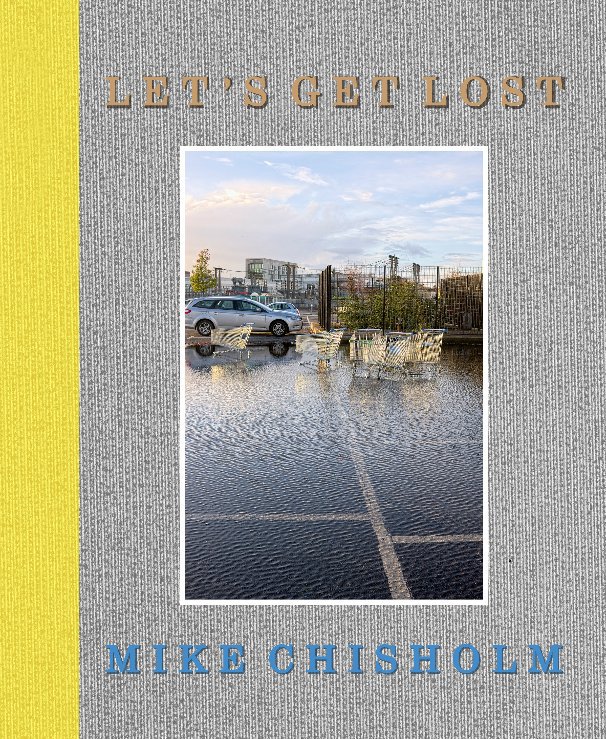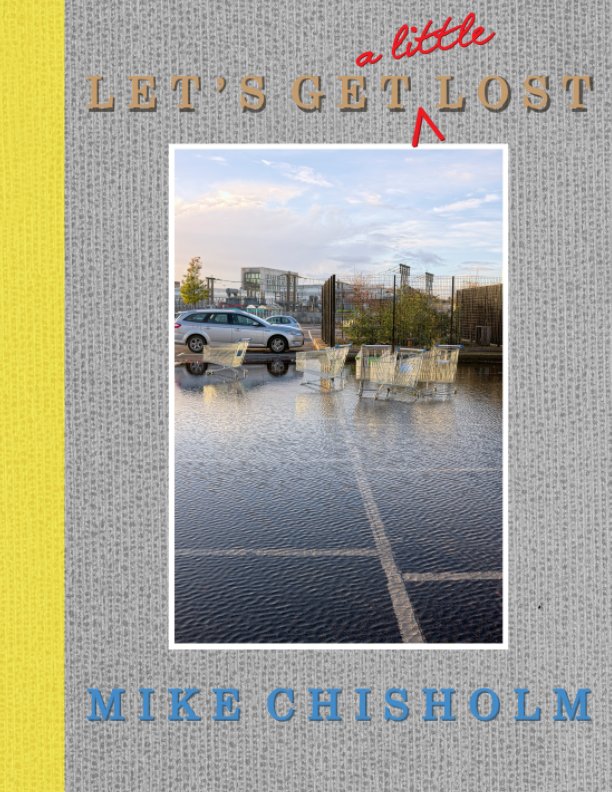Thursday 27 August 2020
Three More Three by Four
Sunday 23 August 2020
Three by Four
Largely confined to quarters by the weather, and being in a synthesising frame of mind, I thought I'd see whether I could do something interesting with my series of "guardians" pictures. Looking at them, I could see there were some nice little groups of four that would fit conveniently into some cheap 60cm x 30cm panoramic frames I had bought for some other, forgotten project and which have been sitting around unused in a corner for some time. I think these do actually work rather well together.
However, although I put them together quite quickly, the quantity of original work distilled into these grouped images is much denser than it might appear, superficially: I'd estimate that at least two solid weeks of photoshoppery will have gone into each group of four, not counting the original labour and expenses that went into finding and photographing the raw materials. Let me see... At an hourly rate of, say, £30 [1], I make that around £2,500 each that I ought to recover, one way or another, just to recoup my notional labour costs. Not forgetting the £9.50 each for the classy frames, of course... Ah, well. It's an entirely theoretical calculation, of course, based on self-motivated work nobody had asked me to do, and rather like working out how much you're owed for mowing the lawn, or doing the washing up. Sure, if I were to offer them for sale I'd have to put a realistic price on them but, in the end, the only thing that matters is that they represent time well spent.
1. Artists' Union England hourly rate for someone with 5+ years of experience is £33.83.
Wednesday 19 August 2020
Special Edition 2
Friday 14 August 2020
Special Edition
However, it did make me wonder what my own recent production Let's Get Lost would look like in a "sumptuous", no-expense-spared version. So I decided to mock up some page-spreads for myself – nothing too fancy, naturally – and I must admit I was quite pleased with the results, especially when presented as if "float-mounted" onto a larger sheet of rough-textured paper. I think they'd look pretty fine sympathetically framed on a wall, and are in a way more pleasing to the eye and certainly more practical than they would be contained within the covers of some actual, over-sized, over-produced book. As one astute commenter on the Folio Society's website put it, when reviewing their edition of A Pilgrim's Progress (illustrated by William Blake, and a mere £295): "A beautifully produced book which would look good on the shelf, but too heavy and unwieldy to actually read".
Monday 10 August 2020
Here's a question for you: do you use Instagram? If the answer is yes, and particularly if you are a photographer or artist, what do you use it for? Has it brought you any benefits, beyond attracting the occasional "like" or "nice pic!" comment? I'd be interested to hear.
I ask because people have sometimes asked me, "Are you on Instagram?", but, now that I have finally got around to looking into it, it seems like an essentially ephemeral platform. Crucially, it is also entirely phone-based. I was amazed to discover that, officially, you can only upload image files to it from your phone. True, it can be gamed by using 3rd-party apps or by exploiting various cunning back-door ways in, but in spirit it's a phone-only app. Worse, it can't be downloaded in its current incarnation onto my antique iPhone 4s.
Why have I finally got around to looking at something that others have been using for years, and which is probably already past its peak? Well, clearly, I put a lot of work into this blog, and have recently updated my website, but the audience for all this effort – both visual and written – remains very small: I'd estimate that I have around fifty regular readers, a number which has remained constant for years now. It doesn't do to get grandiose about the size of readership one might expect to accumulate, but I hope you'd agree that this is good stuff that deserves an audience in three figures, at least! I suspect part of the problem is that I lack a presence in the social media world – for whatever reason [1], it seems none of my blog posts ever gets linked to Twitter or Facebook, which is not something I can have any influence over – so I'm in a Muhammad-mountain situation.
So I would be willing to duplicate some of the effort that goes into this blog on another platform like Instagram to attract a bigger audience, but only if that audience was likely to do more than glimpse at a phone-sized image, click a "like" button, and move on. Who needs that kind of attention? Which probably means, who needs Instagram?
1. TBH I expect that my fifty loyal readers are rather like me, and have no presence on either Twitter or Facebook.





















